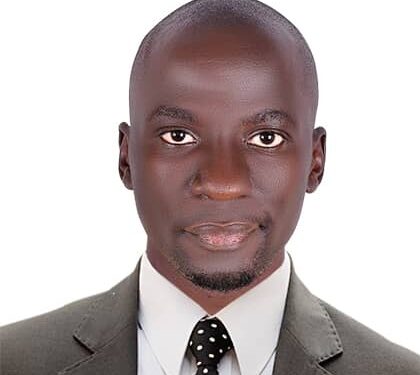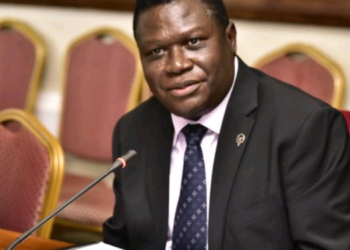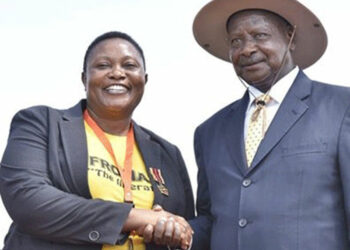Before Uganda’s iconic president Yoweri Kaguta Museveni ascended to power in 1986, women were the most maginalised group of people. Flogging and all sorts of mistreatment to women was the order of the day in the Ugandan communities. Educating the girl child was seen as a waste of money by most parents. When president Museveni’s Era was ushered in, women emancipation was one of the priority targets on the agenda.
The NRM position right from the beginning was looking at the whole society with the aim to transform it. He broke the record when he appointed Dr specioza wandira Kazibwe as the first female vice president of Uganda and Africa in 1994, a position she served close to a decade until 2003. This was a practical example to show that the president practiced equality, one of the ideological representation of the NRM government. Still currently, the vice president of Uganda is a woman.
Since then, the president has kept on increasing the number of female ministers in his cabinet and other government agencies.
Uganda under Gen Museveni has been an advocate of women which has navigated the treacherous landscape of Ugandan politics and has made a significant impact. We have seen a great increment in female political representation at all levels and it’s in this regime that we saw Rt Hon Rebecca Alitwala Kadaga emerge as the first female deputy speaker of Parliament for ten years and later speaker for another 10 years. Even currently, the speaker of Parliament, Rt Hon Anita Among is a woman.
Today, women hold 46% of local government positions, 33% of parliamentary seats and 43% of the cabinet positions. President Museveni is indeed a hero of women inclusion. appointing a woman as Vice President or Prime Minister etc is an outward sign that women can manage. It doesn’t mean others will all go and sleep in their houses or that they will share the salary.
The introduction of UPE, USE and an additional point to girl children in admission to universities and other tertiary institutioms was an intended plan to increase on the intake of girls into school. Government schools are now full of children and because of that free education, the number of female intake has highly shot up. In 2001, the girls in schools were 24% but today, they are 49.9% of the enrollment. Literacy rate for women is 72% from 43% in 1986. If we could implement completely free education in government schools, we could move much faster.
The NRM government has also ensured endless efforts in economic empowerment of women to ensure that they are no longer vulnerable. Through different Government economic programs like Uganda Women Entrepreneurship program (UWEP), Parish Development Model and Emyooga, there is a big change in society. Once a woman has got her own money, she will no longer be as vulnerable as those who depend on men, a factor that has greatly caused domestic violence.
Similarly, women have been encouraged to join armed forces like the army, police and prisons something which rarely happened before the NRM government took charge of the country in 1986. We are yet to see a female commander taking over the helm of any of these armed forces.
The writer, George Mubiru, is a Jinja based researcher and NRM mobilizer.
Tel: 0754877595
Email: georgemubiru93@gmail.com
Do you have a story in your community or an opinion to share with us: Email us at editorial@watchdoguganda.com













